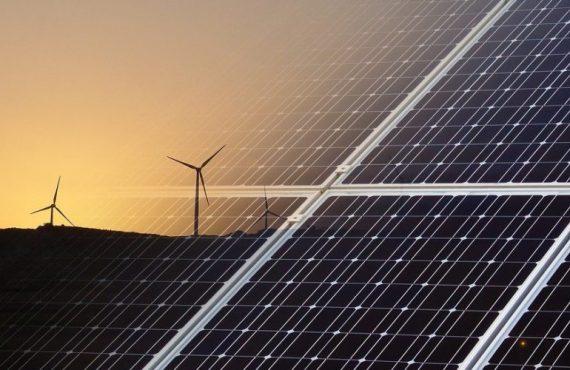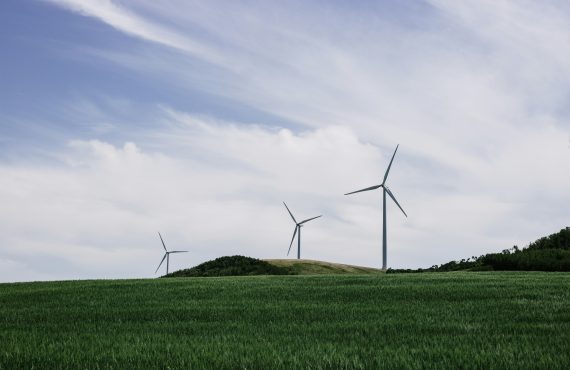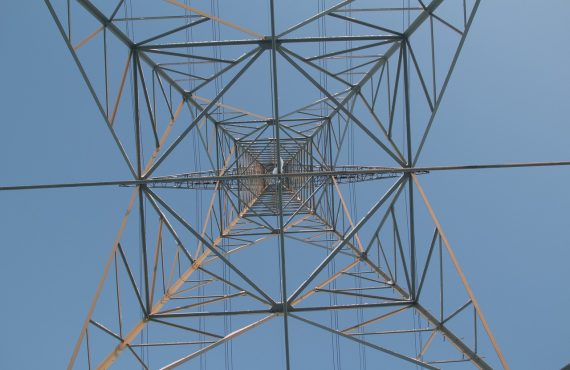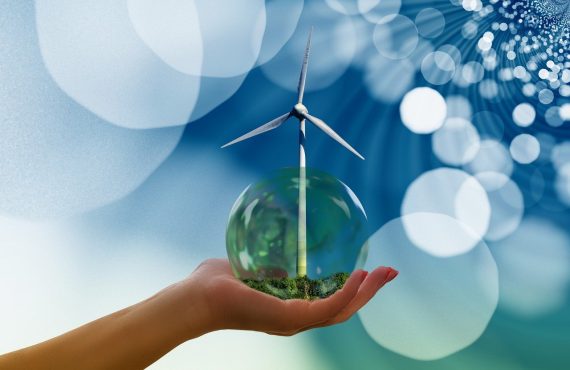According to the latest available data from DESFA, in April 2023, total domestic gas consumption was 3.88 TWh, slightly decreased compared to the previous month (-2.8%) but increased compared to April of the previous year (+20.9%). Consumption also appears to have decreased compared to the corresponding month of 2021 (-34.8%), which was the year with the highest consumption for the month of April in the last 5 years (5. 95 TWh). The overall increase (+0.67 TWh) compared to April 2022, occurred mainly from electricity production (+0.63) and much less from networks (+0.06), while industry recorded a very small decrease (-0.02 TWh), ranking however April 2023 as the month with the lowest gas consumption in industry (0.33 TWh) in the last 5 years.
Cumulative performance in the first quarter
Overall, for the first four months of 2023, gas consumption was 16.27 TWh, reduced compared to the same period of the previous five years (-4.34 TWh) and even more when compared to the first four months of 2022 (-5.68 TWh), despite an increase in April 2023 compared to April 2022.
It is worth noting that all gas uses appear to be reduced both compared to the previous year and to the five-year average. The biggest decrease in 2023 in absolute value compared to 2022 comes from gas use in electricity (-4.2 TWh), followed by distribution networks with a decrease of 1.5 TWh, while the decrease in industry is almost negligible (-0.001 TWh). The picture is different when comparing the first quarter of 2023 with the average of the corresponding five-year periods Despite the largest absolute reduction that still comes from gas use in electricity (-2.4 TWh), the corresponding percentage reduction is 19. 8% far behind the percentage reduction in industry (-57.7%), while the percentage reduction is even smaller in distribution networks (-8.4%). For all uses, the decrease compared to the five-year average was 21.1%, almost 5 percentage points less than the decrease compared to the previous year (-25.9%).
Consumption in 2023
In April 2023, fossil gas consumption increased for the first time by 21%compared to April 2022, after 12 consecutive months in which the monthly gas use was reduced compared to the year before. However, it remains the lowest total monthly usage since November 2022 to date.
Regarding the distribution of gas consumption in end-uses, in the first quarter of 2023, the decrease in gas use in electricity production also reduced its share in end-uses to 59.1% (from 62.7% in the first quarter of 2022). In contrast, distribution networks increased their share to 34.3% in the first quarter of 2023 (32.4% in 2022), while there was a similar increase in industry of 6.6% compared to 4.9% in 2022, although the share remained low in both years.
Imports in 2023
In terms of fossil gas flows from the country’s four gateways, in April 2023, gas imports from Russia covering domestic consumption were 0.77 TWh, decreased by 32% compared to the same month in 2022 and having a share of only 2% in imports in the same month[1]. There was a very large increase in April 2023 in imports of liquefied fossil gas (LNG) through the Agia Triada gateway compared to the same month last year (+173.8%). It continued to be the main source of imports for this month with a share of 64.1% of the total fossil gas flows imported by Greece and a total flow of 2.58 TWh, slightly lower than the levels of April 2020 (2.63 TWh) and much lower than 2022, which was also the year with the lowest flow for the month of April since 2020. Regarding the gas imported from TAP via Nea Mesimvria, there was a large decrease compared to March 2022 (-62%) contributing 0.45 TWh and occupying a share of 11.2%, while the amount imported from Turkey via Kipoi was at low levels (0.22 TWh and a share of 5.4%).
Cumulatively for the first quarter of 2023, total imports into the country from the four gateways were 18.21 TWh. LNG imports through Agia Triada ranked first among the supply sources with 12.85 TWh – an increase of 26.4% compared to the same period in 2022 – and a 70.6% share. In contrast, a large decrease of 37.8% in Azerbaijani gas imports from TAP, which with 3.1 TWh and a 17.1% share, continued to rank second in the first quarter of 2023. However, Russian gas imports covering domestic consumption declined even more, as they shrinked to 76.5% compared to the same period in 2022. Thus, with just 1.53 TWh and an 8.4% share among the four entry gates, Russian gas covering domestic consumption ranked third among the country’s supply sources. Finally, the lowest contribution continues to be made by gas imported from Turkey through the gateway of Kipoi, with only 0.72 TWh and a share of 4% in the first four months of 2023.
Comparison with the European Union
Based on the latest available Eurostat data on monthly gas consumption in the EU-27 Member States for the first quarter of 2023, Greece managed to reduce its consumption by 34% compared to the same period in 2022, climbing to 1st place, 13 places higher than the EU-27 average (-13.4%). Its performance is equally good but lower than the five-year average, ranking 7th with a 26% reduction in consumption, around 9 percentage points higher than the EU-27 average (-13.4%), which ranks 18th. First by far in decreasing gas consumption in the first quarter of 2023, compared to the same period in 2022, is Finland with -54.4%.
Using the latest available Eurostat data on both monthly gas imports via gas pipelines and LNG (up to February 2023)[2], it is observed that Greece has managed to reduce its dependence on Russian gas more than the EU-27 average. With the exception of December 2022, when imports from the Sidirokastro gateway returned to August levels, from that month onwards there has been a continuous downward trend, culminating in January when imports were zero.
Cumulatively in the first two months of 2023 Greece reduced gas imports from Russia by 51.8% compared to the same period in 2022, more than the EU-27 average of -45.6%.
You can read the analyses of other months here.
[1] Overall imports from Russia were higher, but a large part of these were mainly exported to Bulgaria, resulting in only 0.77 TWh of Russian gas being used to meet demand in Greece in April
[2] Some of the Eurostat data, especially for the last few months, are provisional and will be finalized in the coming months.































































































































































































































































































































